Interesting facts about the Bell P-39 Airacobra
The aircraft presented today is known by the name Bell P-39 Airacobra which acted as the principal fighter aircraft for the America Air Force when the US was involved in World War II. The Bell P-39 Airacobra was also used by the Soviet Union’s Air Force and managed to make high kills compared to any other fighter of the US flown in any other world conflicts yet. In addition to the US and Soviet Union, other operators for this aircraft included the following.
- Free French
- Royal Air Force
- Italy’s Co-Belligerent Air Force
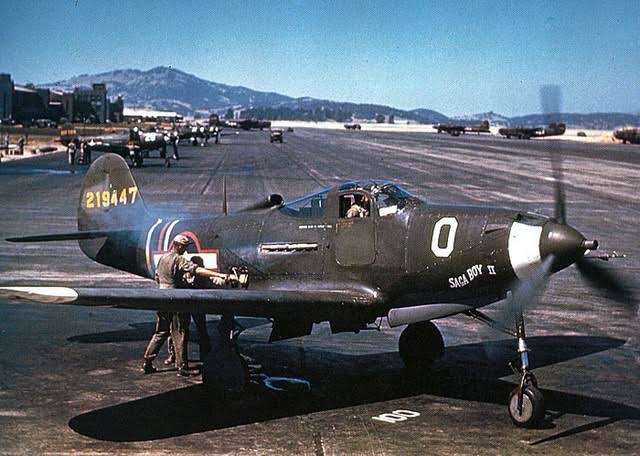
The aircraft was the product of ingeniousness from Bell Aircraft back in the late 1930s to design the aircraft with the engine being in the center of the fuselage just behind that of the pilot’s seat. This aircraft was also the first fighter aircraft to be fitted with the tricycle carriage. Despite the engine placement of the Bell P-39 Airacobra being an innovative addition to the aviation industry, its overall design had many handicaps like the absence of the turbosupercharger that prevented the aircraft from working at high altitude.
These were the reasons that the Bell P-39 Airacobra was rejected by the RAF for use over West Europe but it was still accepted by the USSR where most of the aerial combat was taking place at low and medium altitudes.
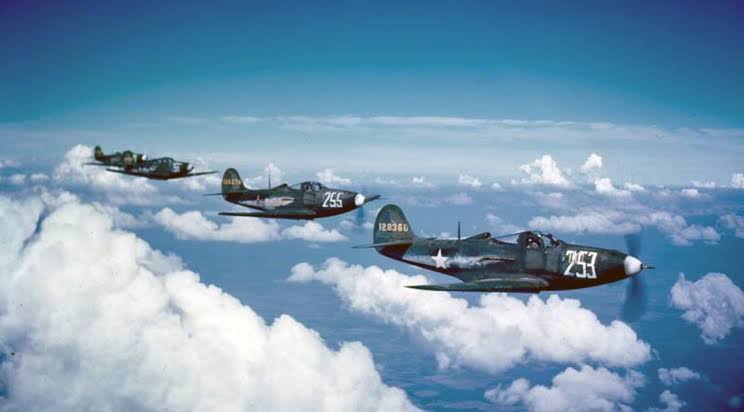
The Bell P-39 Airacobra along with its derivative fighter Bell P-36 Kingcobra went on to become one of the most successful aircraft with the fixed-wing design for Bell Aircraft.
In order to educate our readers more about this World War II-era fighter, we present some interesting facts about the Bell P-39 Airacobra.
Origin:-
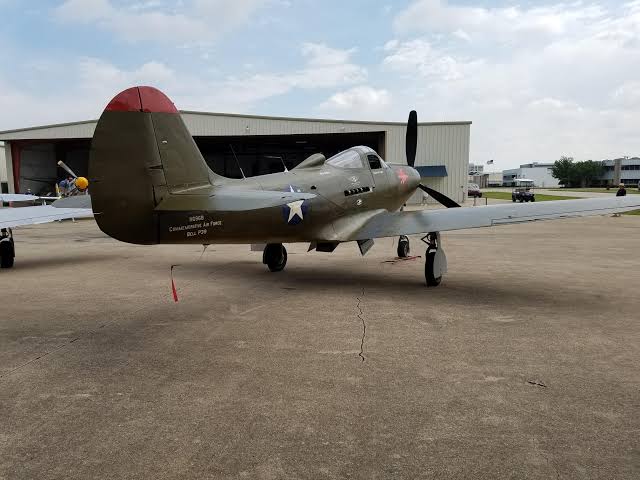
The proposition for the design of the Bell P-39 Airacobra came during the era when the United States had a hostile environment on its either side in the world. Troubles in Europe were showing the affected that the whole of the world would soon be embroiled up in this political as well as military conflict. One of the main things that led to the US getting involved in this global scale conflict was the expansion of the Japanese Empire. In order to participate in this new global conflict, the US had to have a revolutionary design for a fighter and to facilitate in that regard came Bell Aircraft with its President at the time Larry Bell came into play.
Development:-
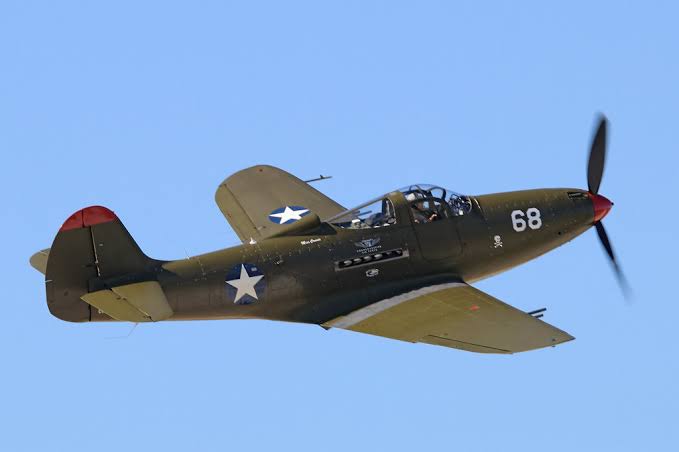
Bell Aircraft had already failed with their aircraft Bell FM-1 Airacuda which was a bomber destroyer but this filed project turned out to be the answer for the US’s call for an interceptor fighter aircraft. The engineers of the Bell Aircraft gained valuable insight from the design of the Airacuda to build the prototype for the Bell P-39 Airacobra, an interceptor aircraft.
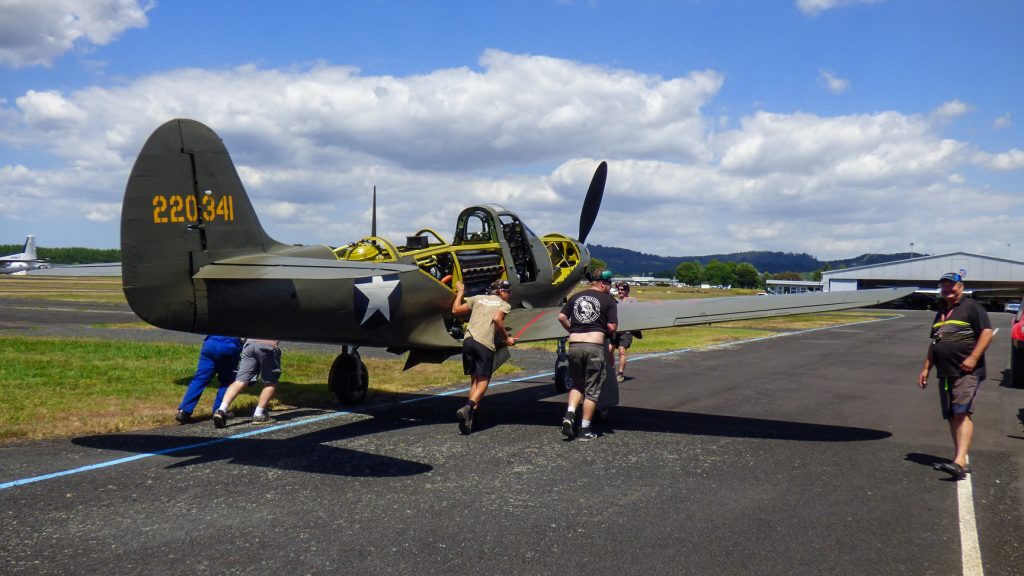
The Bell Aircraft provided just in time for the war because the US’ fighters at that time like the P-40 Warhawk, Seversky P-35 and Curtiss P-36 were unable to keep up with the bombers and fighters of the Japanese Air Force.
First Flight:-
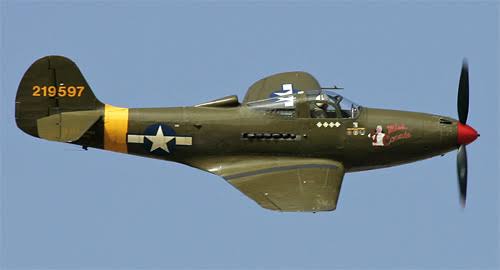
The first prototype for the Bell P-39 Airacobra was dubbed as XP-39 for which the Bell Engineers made use of the new armament arrangement as opposed to the World War I era fighters and bombers. The fitted it with the heavy 37 mm cannon which made the project to be leaps and bounds ahead of any other project on any fighter aircraft at that time. It was further supplemented with the fitting of machine guns of 12.7 mm caliber on its wings. This arrangement meant that the systems of the aircraft were to be placed somewhere else in the section of the fuselage. This was the reason that made the design of the Bell P-39 Airacobra to build around its main cannon.

This model of Bell P-39 Airacobra designated an XP-389 took its first successful flight back on April 6th, 1938. It took off from the Wright Filed, Ohio airbase and was able to fly at a top speed of 390 mph at a ceiling of 20000 feet.
Modified P-39 design aka Airabonita:-
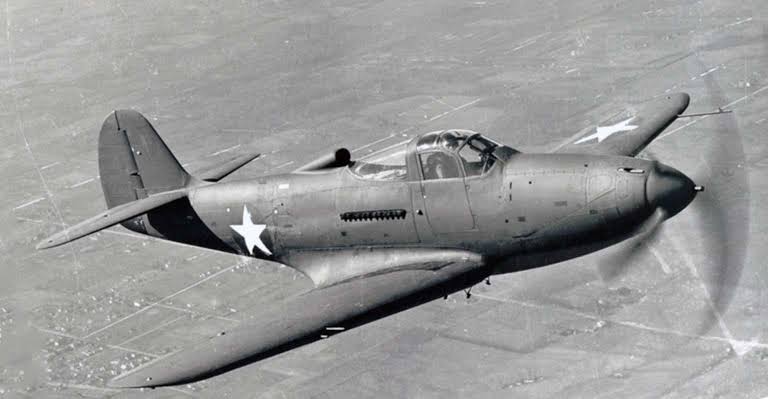
In order to further broaden their prospect for the Bell P-39 Airacobra, the Bell Aircraft came up with the design of the P-39 that they dubbed as the XFL-1 Airabonita. This design variant of the Bell P-39 Airacobra was to be presented to the US navy at the time as the carrier-borne fighter. Only 1 unit of this design model was created which had slightly revised features of the Bell P-39 Airacobra. The main change in this design was the presence of the tail-dragging undercarriage. This very aircraft took its first flight back on 13th May 1940 but failed to win approval from the US Navy officials.
Operators of P-39 other than the US:-
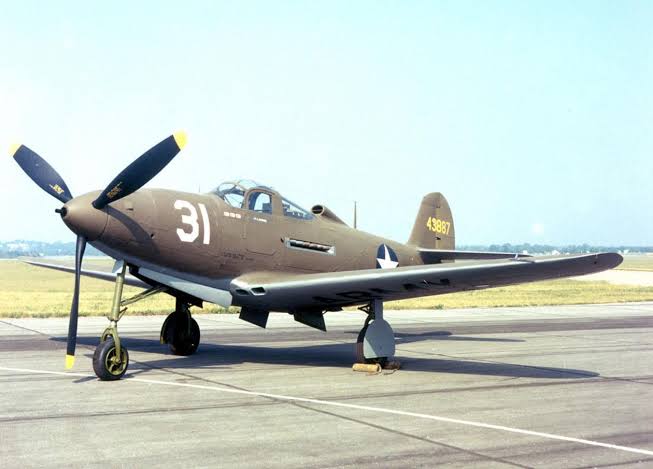
The very first operator of the Bell P-39 Airacobras were the pilots of the British RAF who had Germany knocking on their doors and were in desperate need of a fighter replacement for the aging Hawker Hurricanes. They designated the Bell P-39 Airacobra as P-39 Airacobra MK-1 but soon the aircraft started to show shortcomings that it was not built to serve in the Isles environment of Britain. They then passed on any of their pending orders to the Soviet Union.
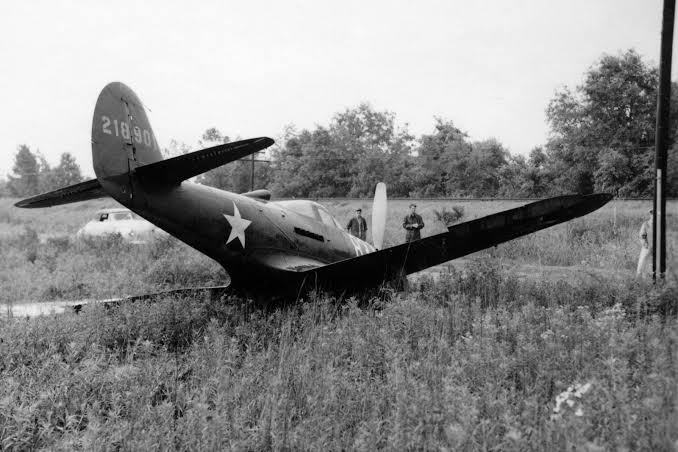
USSR saw the potential of the Bell P-39 Airacobra in form of a CAS fighter with its static gunnery platform as well as its heavy 37 mm cannon that could tear through the soft arms of the German forces.

France also went on to order the Bell P-39 Airacobra during the early period of World War II but due to the German Invasion they were forced to cause delay to the delivery but they were the last operators to use this aircraft near the end of the war and for some time after the war.
Armament:-
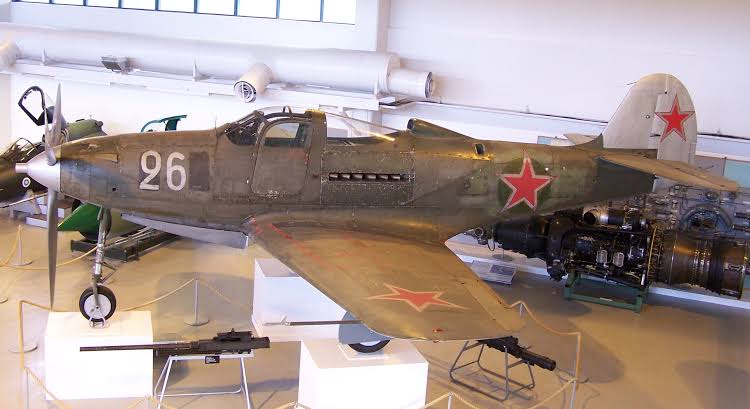
The standard armament fittings on a Bell P-39 Airacobra were as follows.
- 1 Oldsmobile cannon of 37 mm caliber which fired from the propeller hub. It had 34 rounds each. The alternative for this cannon was the single Hispano Suiza canon of 20 mm
- 2 of the machine guns of 12.7 mm caliber fitted on the upper section of the fuselage which had 200 rounds each.
- 4 machine guns of 7.62 mm caliber on its wings; 2 on each wing. Each machine gun had 1000 rounds.
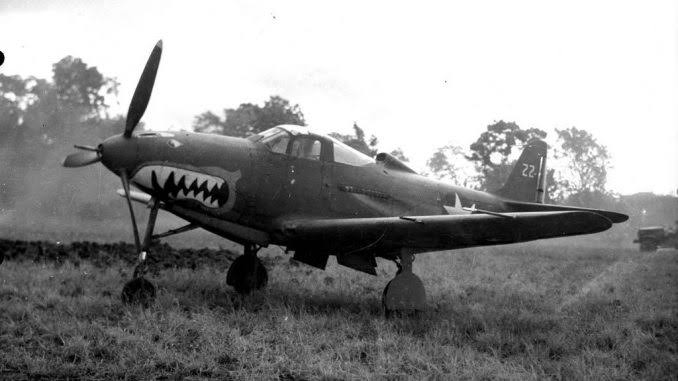
Optional ordnance carrying capability of Bell P-39 Airacobra included a single 500 lbs weight bomb mounted on the centerline of the fuselage externally.
Powerplant:-

A single Bell P-39 Airacobra was powered by an Allison V-1710-83 water-cooled inline engine that gave it a top speed of 386 mph for a range of 650 miles. The aircraft could fly at a maximum ceiling of 35991 feet which it was able to achieve for a climbing rate of 3333 ft/min.
Total number of P-39s produced and the cost of a single one:-

During the course of its entire service, the aircraft was produced from 1940 to 1944 and during that time nearly 9584 of these Bell P-39 Airacobras were manufactured. The cost for a single Bell P-39 Airacobra at that time was about 50666 dollars.
Related Content
Interesting facts about the de Havilland DH.98 Mosquito aka the ‘Wooden Wonder’
Interesting facts about the Boeing P-26 Peashooter; The First American All-Metal Fighter
Share this content:

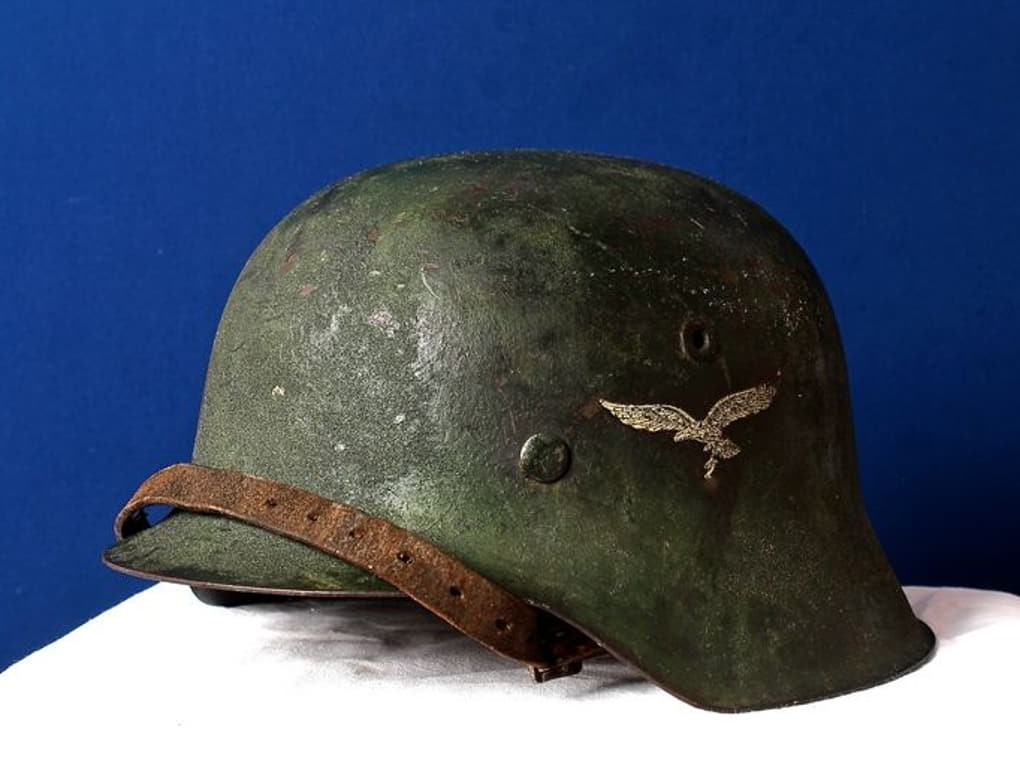
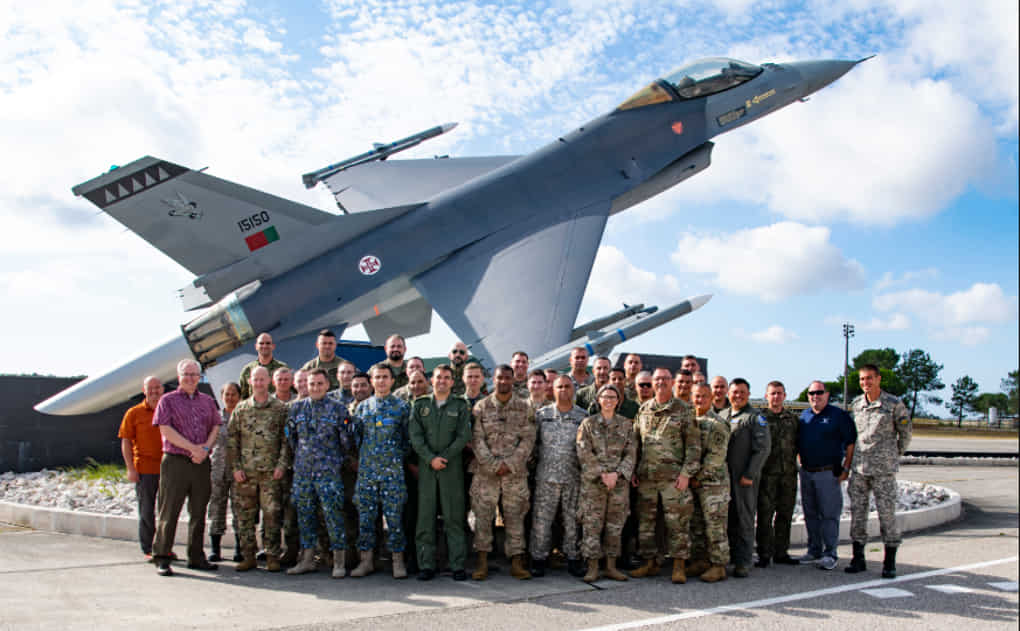
Post Comment